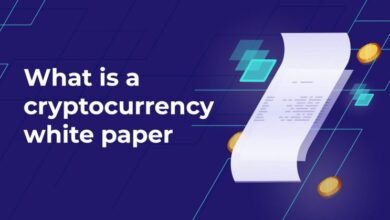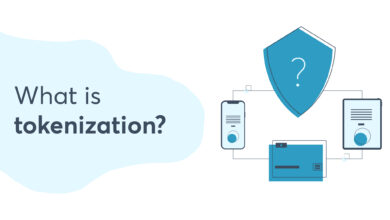What is Volatility?

The dispersion of returns for a particular security or market index serves as a statistical measure of volatility. The majority of the time, the more volatile a security is, the riskier it is. Volatility is usually calculated using the standard deviation or variance of returns from the same stocks or market index.
Significant swings in either direction are typically used to describe market volatility. For instance, a market is considered “volatile” if stock prices often move by more than 1%. The volatility of an asset has a significant role in influencing the cost of an option contract.
- Volatility, a statistical indicator of an asset’s return dispersion, displays how much prices within an asset deviate from the mean price.
- Among the instruments used to assess volatility are beta coefficients, option pricing models, and return standard deviations.
- Volatile investments are sometimes perceived as riskier than less volatile ones since the price is expected to be less predictable.
- Volatility is a key aspect in setting the price of an option.
Understanding Volatility
Volatility is a term that is usually used to indicate the level of risk or uncertainty connected to the size of variations in the value of a security. If a security’s volatility is higher, its value can potentially span a wider range of values.
This suggests that the price of the security may change drastically in either way in a short amount of time. If a security’s volatility is reduced, its value won’t vary considerably and will be more stable.
One method to determine an asset’s volatility is to quantify its daily returns (% change on a daily basis). Historical volatility, which is based on prior prices, indicates the degree of fluctuation in an asset’s returns. Without a unit, this value is given as a percentage.
Variance, on the other hand, represents the dispersion of returns around the mean of an asset generally, whereas volatility is a measure of that variance confined by a certain time period. Thus, we are able to provide volatility reports on a daily, weekly, monthly, or annual basis. Consider volatility to be the annualized standard deviation to better comprehend it.
Volatility and Options Pricing
Volatility is a key factor in options pricing models since it helps predict how much the return on the underlying asset will change before the option expires. Regular trading activities produce volatility, which is reflected as a percentage coefficient in option pricing algorithms. The method for calculating volatility will determine the coefficient’s value.
Volatility and models like the Black-Scholes or binomial tree models are also used to price options. More volatile underlying assets will result in higher option premiums since there is a greater likelihood that the options will expire in the money when volatility is present. Due to the fact that options traders try to predict the future volatility of an asset, the implied volatility of an option is represented in the market price.





